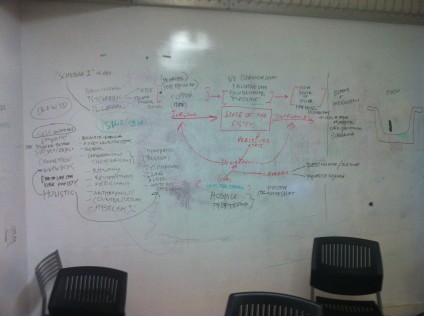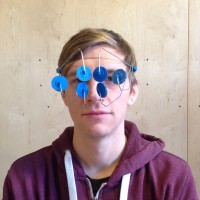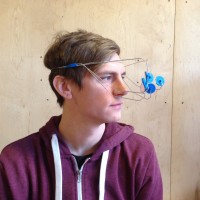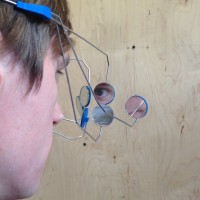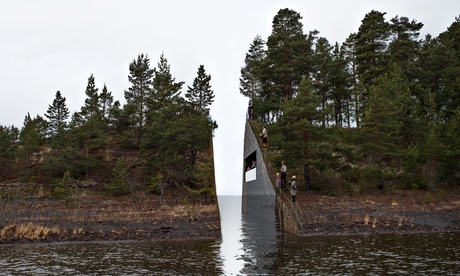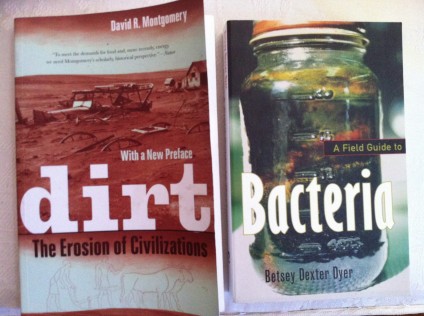We’re just finishing a 7 week course at ITP called The Fungus Among Us. It’s an independent project/research studio for 16 students looking at fungus for fabrication, food, as metaphor (eco-systems thinking), and touched on spirituality, network theory (slime mold way-finding and the “wood wide web” even though they’ve been ousted from the Kingdom). We have been growing mushrooms for food, for dye, and working with Ecovative‘s GIY (grow it yourself) inoculated substrate in molds. Students are working on lichen, Co2 sinks, electronics interfaces, material fabrication, pattern sonification… Sue Van Hook gave an incredible overview talk about fungi and Ecovative; Christie Leece talked about her beautiful Gowanus Canal oyster mushroom remediation project; and Corrie Van Sice came and talked about good lab practices around cultivation and inoculation. Students did case studies with a range of “experts.” It was a good trial run, we all learned a lot, and it’s compelling within the context of this program.
Here’s our grow tent
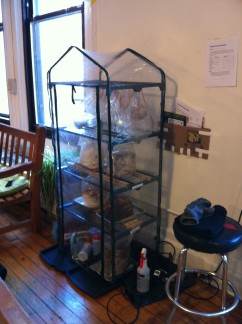
I’m working now on some buoy forms, which I hope will end up embedded with radio controlled LEDs for “the project” in PDX:

And here’s a systems map and catch-all examination of using psilocybin in the health care system for hospice work, therapy, addiction etc, after reading the NY Times article, How Psychedelic Drugs Can Help Patients Face Death — on psilocybin / coping with dying trials:
